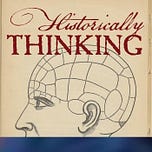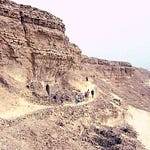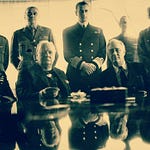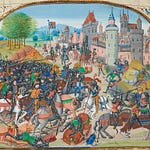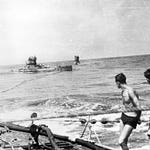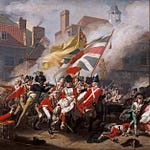Originally published in May 2019 (Episode 114)
Introduction
Yes, the audio is rough. But the ideas are worth it. Michael J. Douma argues that historians should approach their craft as creative work—closer to the arts than we often admit. In his book Creative Historical Thinking (Routledge), he offers concrete exercises, classroom moves, and writing prompts to help students (and scholars) generate questions, see patterns, and practice imaginative rigor without sacrificing evidence.
We talk about “thinking outside the box” (and when the box is useful), how constraints can spark better history, and why collaboration and community—not lone-genius myths—produce richer interpretation. If you teach, write, or just want to do history with more verve, this one’s for you.
About the Guest
Michael J. Douma is a historian and Director of the Georgetown Institute for the Study of Markets and Ethics at Georgetown University’s McDonough School of Business. His work focuses on historical method, pedagogy, and the creative habits that make for better research and clearer writing.
For Further Investigation
Michael J. Douma, Creative Historical Thinking (Routledge, 2018)
—, The Slow Death of Slavery in Dutch New York: A Cultural, Economic, and Demographic History, 1700–1827 (Cambridge, 2024)
The Website of Michael J. Douma
Listen & Discuss
What exactly counts as “creativity” in historical work—and how do we balance it with evidentiary discipline?
Which classroom prompts or constraints actually unlock better student questions and interpretations?
Where have you seen collaboration (peer review, co-authoring, public projects) improve historical thinking?
If this sparked an idea for your next syllabus—or your next chapter—share the episode with a colleague who still writes “Be more creative” in the margins without saying how.

